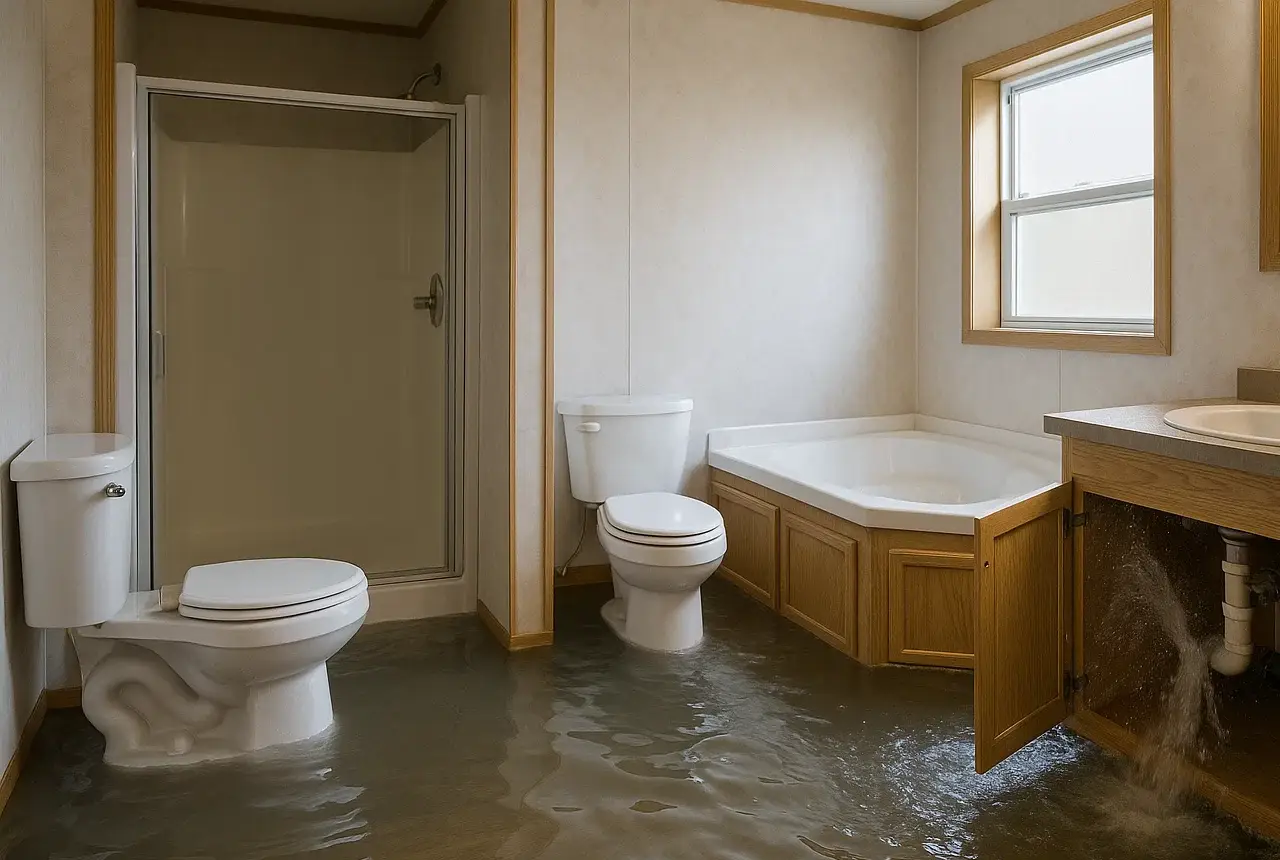When it comes to protecting your home and your health, some threats are silent, invisible, and often overlooked. Radon gas is one of them.
Whether you're buying a home, selling, or just want peace of mind, radon testing is a critical part of the home inspection process. Here’s what you need to know about what radon is, why it matters, and how testing works.
What Is Radon?
Radon is a naturally occurring radioactive gas that forms from the breakdown of uranium in soil, rock, and water. It’s colorless, odorless, and tasteless—making it impossible to detect without proper testing equipment.
Radon seeps up through the ground and can enter homes through cracks in the foundation, gaps around pipes, sump pumps, and even well water. Once inside, it can accumulate to dangerous levels—especially in basements and lower floors.
Why Does Radon Matter?
According to the U.S. Environmental Protection Agency (EPA), radon is the second leading cause of lung cancer in the United States, right behind smoking. In fact, radon exposure is responsible for over 20,000 lung cancer deaths each year.
What's most concerning is that you can be exposed to high levels of radon for years without ever knowing. That’s why proactive testing is so important.
How Is Radon Testing Done?
Radon testing is simple, affordable, and non-invasive. There are two main types:
1. Short-Term Testing
- Lasts 2 to 7 days
- Ideal for real estate transactions or quick peace of mind
- Uses a charcoal canister or electronic monitor to measure levels
2. Long-Term Testing
- Lasts 90 days to a year
- Provides a more accurate picture of average radon levels over time
- Often recommended for homeowners staying in place
A certified radon measurement professional (home inspectors commonly are) can perform these tests and explain the results.
What Happens If Your Home Has High Radon Levels?
If your test reveals elevated levels (4.0 pCi/L or higher), don’t panic. Radon mitigation systems can reduce indoor radon concentrations significantly. These systems typically involve venting radon from beneath the home using a pipe-and-fan setup.
Costs for mitigation vary, but the long-term benefits to your health and home value are well worth it.
When Should You Test for Radon?
- When buying or selling a home
- If your home has never been tested
- Every 2-5 years, especially if your area is known to have high radon levels
- After major renovations, especially to the basement or foundation
Final Thoughts
Radon might be invisible, but its risks are very real. Fortunately, testing is quick, inexpensive, and could save your life.
If you’re scheduling a home inspection, make sure to ask if radon testing is included—or add it as an extra. It's one of the simplest decisions you can make to protect your home and your health.






